Hand Arm Vibration Meter PCE-HAV 100
PCE-HAV 100
Availability : กรุณาติดต่อสอบถาม
Hand-Arm Vibration Meter
Triaxial sensor / ISO 8041: 2005 / menu in many different languages / ISO 5349: 2001 / long battery life /data memory / OLED 160 x 128 pixels
Measuring Instrument
With the hand arm vibration meter PCE-HAV 100, PCE Instruments has presented on the market a tester for the analysis of body vibration in the workplace / vibration exposure assessment, which complies with national and international evaluation criteria (ISO standards ISO 8041: 2005 and ISO 5349: 2001). Thus, vibrations coming from different tools, for example, a jackhammer, impact drills, grinding machines or even jigsaws can be determined and analysed with the help of the hand-arm vibration meter. If the levels of vibrations on the hand-held machines in the workplace should be detected and the effects, they have on the employees should be determined and assessed by the occupational safety officer, then the hand arm vibration measuring device is the first choice.
The battery of the vibration meter has a running time of approx. 10 hours. Also, this hand-arm vibration meter has a memory. Due to the long battery life and the size of the memory, the accompanying measurements can be carried out over a working day. The measurement values saved by the hand-arm vibration meter can be transferred to a PC after a measuring process.
The PC software then makes it possible to carry out the analysis and vibration exposure assessment of the data measured by the vibration meter. Of course, all the measurement data and levels can also be read out on-site for a quick overview.
Data Analysis
Based on the results obtained by means of the data analysis, the specialists for occupational safety can, for example, develop the working time regimes to ease the conditions for the employees who are exposed to continuous vibrations from the machines (usually triggered by rotating or beating motions). Thus, the employers save their labour resources and avoid permanent long-term illness-related failures and possibly even lawsuits caused by the continuous exposure. The specifications and limit values are regulated by law and for Germany exposure limit values and trigger values are specified in § 9 Noise and Vibration Occupational Health and Safety Ordinance (exposure limit value and trigger value are always based on an eight-hour work shift).
Calibration
So that the hand-arm vibration meter always obtained correct measurement results as specified and the user could rely on a correct indication and analysis of the exposure values, the tester should be recalibrated regularly. The cycles of this calibration are stored in the in-house ISO manual. However, calibration is important not only because it is recorded in the ISO calibration inventory. In the case of hand-arm vibrations it goes about vibrations that have a very negative impact on the human body. Therefore, special care is required when this type of testing equipment is applied.
Hand arm vibrations
The employees who regularly work on the hand-operated vibrating machines may experience the damages, which are referred to as vibration-related illnesses (circulatory disorders, nervous disorders, bone damage, joint damage).
The regular measurement of hand-arm vibrations by means of the vibration meter is the proven method to prove that the limits or trigger values of the vibration exposures are not exceeded.
If the limits happen to be exceeded or if there are any signs of problems on the hands or arms of the employees, the countermeasures must be taken directly. If the exposure limit value and / or trigger value are exceeded, following the Ordinance on occupational medical care, a compulsory occupational medical check-up must be carried out.
Measures to reduce high exposures
Based on the results obtained after the analysis carried out by means of the results on the hand arm vibration meter, it is clear, in which workplaces the employees are exposed to too high exposures. Now ask yourself the question:
“What is to be done now – what measures can be taken to reduce the vibrations?”
In reality, it is not a simple task at all, because as a rule, the best way to reduce the vibrations would be to do reduce them in the structural design at the manufacturer of the respective machine or the implement. So, first of all, the manufacturers should make affords to develop the machines and systems that cause only slight hand arm vibrations.
What can you do on site? The most obvious measures for the occupational health and safety specialists are obvious:
– control of the work time / introduction of time regimes on the machines with high exposures
(vibrating hand machines)
– immediate replacement of machines with excessive exposure levels
– reduction of vibrations due to the increased maintenance and cyclic change of certain parts of the work equipment
– training of the employees on operation and service life of the machine
– protective clothing wearing (especially in case of hand arm vibrations, the main load occurs on the
employee’s hands. Therefore, working gloves should be worn. Also, in this area there are various models that significantly reduce vibrations)
– cold hands avoidance
– engagement of professionals in vibration protection
– hand-arm vibration analysis
– easy-to-use interface
– 10 hours of battery life
– general vibration measurement
– hand-arm accelerometer included
– data memory for later evaluations
| Measuring range | Low: 0.05 … 200.0 m/s² / 0.005 … 20.4 g |
| High: 0.50 … 2000.0 m/s² / 0.05 … 204.0 g | |
| Measuring channels | 1 |
| Measurement parameters | Acceleration: Arms, Aeq, Amay, Peak, |
| Vector Sum, HSE Exposure Points, EAV, ELV | |
| Linear operating range | 72 dB |
| Frequency weighting | Hand Arm Filter |
| Background noise | <0.002 m/s² – Low Range |
| <0.020 m/s² – High Range | |
| Memory | 992 readings |
| Vibration sensor | ACM-PCE-HAV 100, 10 mV/g |
| Display | OLED 160 x 128 pixels |
| Power supply (battery) | 2.4 V, 4 Ah NiMH |
| Battery life | about 10 hours of continuous operation |
| Power supply (power adapter) | Primary: 100 … 240 V AC, 50/60 Hz, 0.35 A |
| Secondary: 6.4 V DC, 1.3 A | |
| Interface | 3.5 mm Stereo jack, |
| AC output: 4 Pin 3.5 mm jack, | |
| Micro USB, mains connection | |
| Menu languages | German, English (US), English (UK), Chinese, |
| French, Italian, Portuguese, Russian, Spanish | |
| Operating conditions | -10 … 50 °C / 14 … 122 °F, <90% r.H. not condensing |
| Housing | ABS, keypad |
| Weight | ca. 280 g / 9.8 oz |
| Standards | ISO 8041: 2005 |
| ISO 5349: 2001 |
เฉพาะลูกค้าที่เข้าสู่ระบบ และเคยซื้อสินค้าชิ้นนี้แล้วเท่านั้น ที่เขียนบทวิจารณ์ได้
สินค้าที่เกี่ยวข้อง
เครื่องวัดความสั่นสะเทือน / Vibration Meter
PCE-VS11
เครื่องวัดความสั่นสะเทือน / Vibration Meter
PCE-VS10
เครื่องวัดความสั่นสะเทือน / Vibration Meter
Vibration Analyzer PCE-VT 1300S-ICA incl. ISO Calibration Certificate
PCE-VT 1300S-ICA
เครื่องวัดความสั่นสะเทือน / Vibration Meter
Vibration Analyzer PCE-VDR 10-ICA incl. ISO Calibration Certificate
PCE-VDR 10-ICA
เครื่องวัดความสั่นสะเทือน / Vibration Meter
฿39,584.65 incl VAT
บันทึกข้อมูลใน SD Card ในรูปแบบ Excel® Format
เครื่องวัดความสั่นสะเทือน / Vibration Meter
฿24,414.19 incl VAT
เครื่องวัดความสั่นสะเทือนความถี่กว้างใช้วัดระยะทาง ความเร็ว และความเร่ง
เครื่องวัดความสั่นสะเทือน / Vibration Meter
PCE-VDL 24I
เครื่องวัดความสั่นสะเทือน / Vibration Meter
EN-200-KIT Vibration Meter & Stethoscope เครื่องวัดความสั่นสะเทือน
฿31,907.40 incl VAT
EN-200 เป็นเครื่องที่ใช้วัดความสั่นสะเทือนชนิดทนทาน มีหูฟังเพื่อฟังเสียงของลูกปืน สินค้ารับประกัน 5 ปี!!!

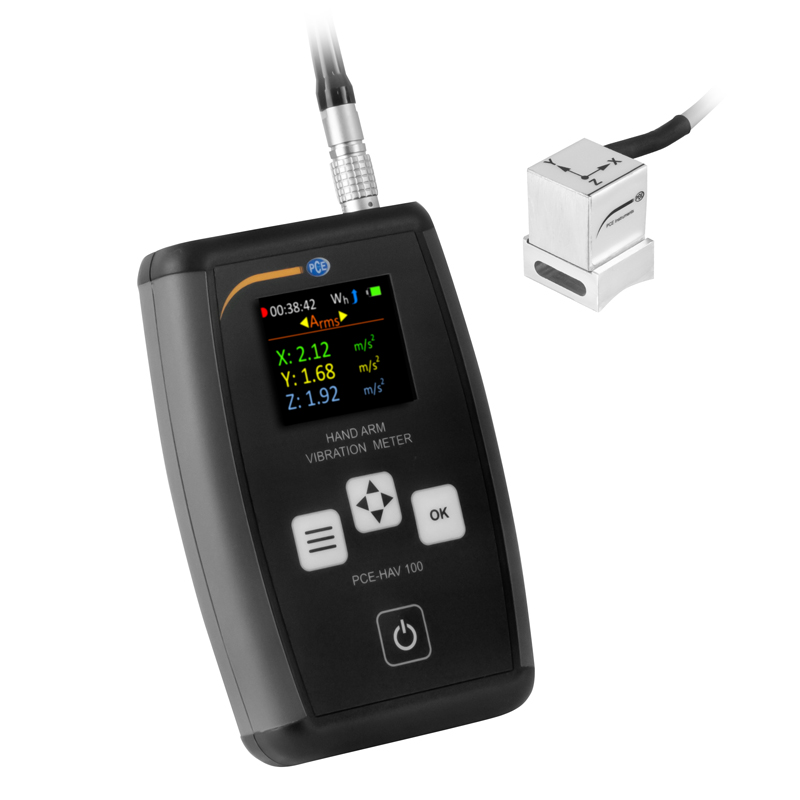

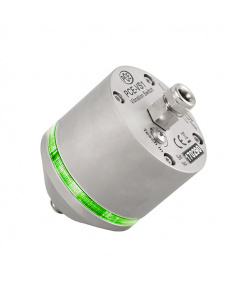
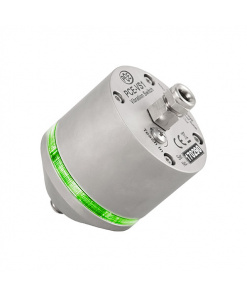
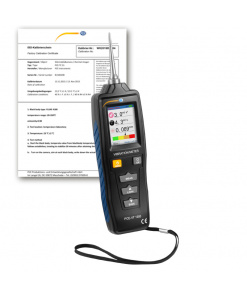



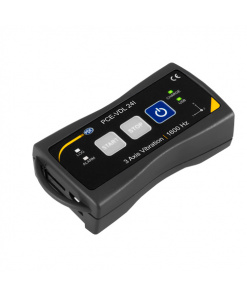
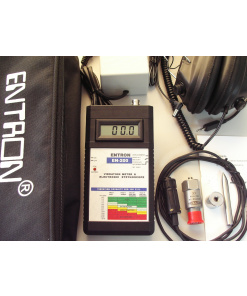
รีวิว
ยังไม่มีบทวิจารณ์